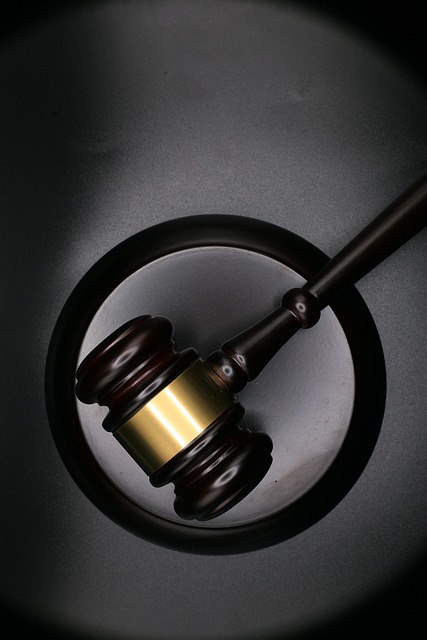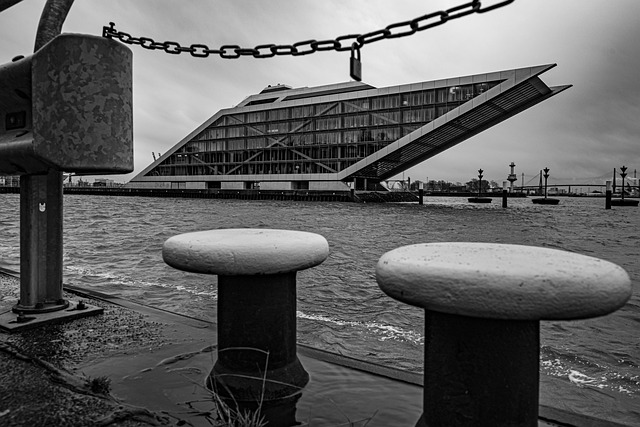The Shelterwood Academy lawsuit addresses allegations of abuse and mistreatment against the private residential treatment center, with legal arguments focusing on breach of contract and negligence. Former students and guardians claim inadequate supervision, non-compliance with educational standards, insufficient staff training, and poor risk management. The outcome could drive global changes in student safety protocols, regulations, oversight, and investments in mental health support, revolutionizing educational standards.
“Uncover the recent legal developments surrounding Shelterwood Academy with our in-depth analysis. This article explores a potential Shelterwood Academy lawsuit, delving into the background of the institution and its controversial practices. We dissect the legal arguments and identify potential claims, offering insights into the implications for educational institutions. By examining this case, we aim to highlight the significance of regulatory compliance and the possible consequences of failing to uphold ethical standards in boarding schools.”
- Background of Shelterwood Academy and Its Practices
- Legal Arguments and Potential Claims Against the Academy
- Potential Outcomes and Impact on Educational Institutions
Background of Shelterwood Academy and Its Practices

Shelterwood Academy, a private residential treatment center for youth, has been at the center of controversy and legal scrutiny in recent years due to allegations of abuse and mistreatment. Founded over two decades ago, the academy purports to offer specialized services for adolescents with emotional and behavioral challenges. However, a growing number of former students have come forward with harrowing stories of physical and psychological abuse, prompting a Shelterwood Academy lawsuit.
The institution’s practices have been called into question, with reports suggesting a culture of discipline that often crossed the line into cruelty. The shelter’s intense programs, including restricted access to communication and isolation as disciplinary measures, have raised serious concerns among advocates for youth rights. These controversial methods have led to numerous complaints and investigations, ultimately setting the stage for legal action against Shelterwood Academy.
Legal Arguments and Potential Claims Against the Academy

The potential legal arguments and claims against Shelterwood Academy could centre around several key areas, especially given the serious nature of alleged misconduct. One prominent avenue is breach of contract, where former students or their guardians might argue that the academy failed to uphold its promises and duties as outlined in enrollment agreements. This could include allegations of inadequate supervision, failure to protect students from harm, or non-compliance with educational standards.
Additionally, a Shelterwood Academy lawsuit may explore claims of negligence, particularly if it’s established that the institution was aware of potential risks but did not take reasonable steps to prevent them. This might involve accusations of inadequate training for staff, poor risk management, or a lack of appropriate policies and procedures to safeguard students. The use of evidence, such as documentation, witness testimonies, and expert opinions, will be crucial in supporting these legal arguments.
Potential Outcomes and Impact on Educational Institutions

The outcome of the Shelterwood Academy lawsuit could have far-reaching implications for educational institutions worldwide. If the plaintiffs succeed in proving negligence or violation of rights, it may lead to significant changes in how schools handle student safety and well-being. This could include stricter regulations, enhanced oversight, and more robust policies to prevent similar incidents from occurring again.
Such a case could also prompt schools to reevaluate their existing practices, fostering a culture of transparency and accountability. Educational institutions might invest more heavily in staff training, psychological support services, and student counseling programs to create safer learning environments. Ultimately, the impact of this lawsuit could revolutionize educational standards, prioritizing students’ mental health and safety as a top priority.
The lawsuit against Shelterwood Academy presents a pivotal moment in holding educational institutions accountable for their practices. By examining the background, legal arguments, and potential outcomes, it becomes evident that this case could significantly impact how schools operate and address student welfare. The outcome may serve as a game-changer, revolutionizing the way we navigate complex issues within the classroom and beyond, ensuring a safer and more supportive learning environment for all students. This Shelterwood Academy lawsuit has the potential to reshape educational practices and foster a culture of transparency and responsibility.
